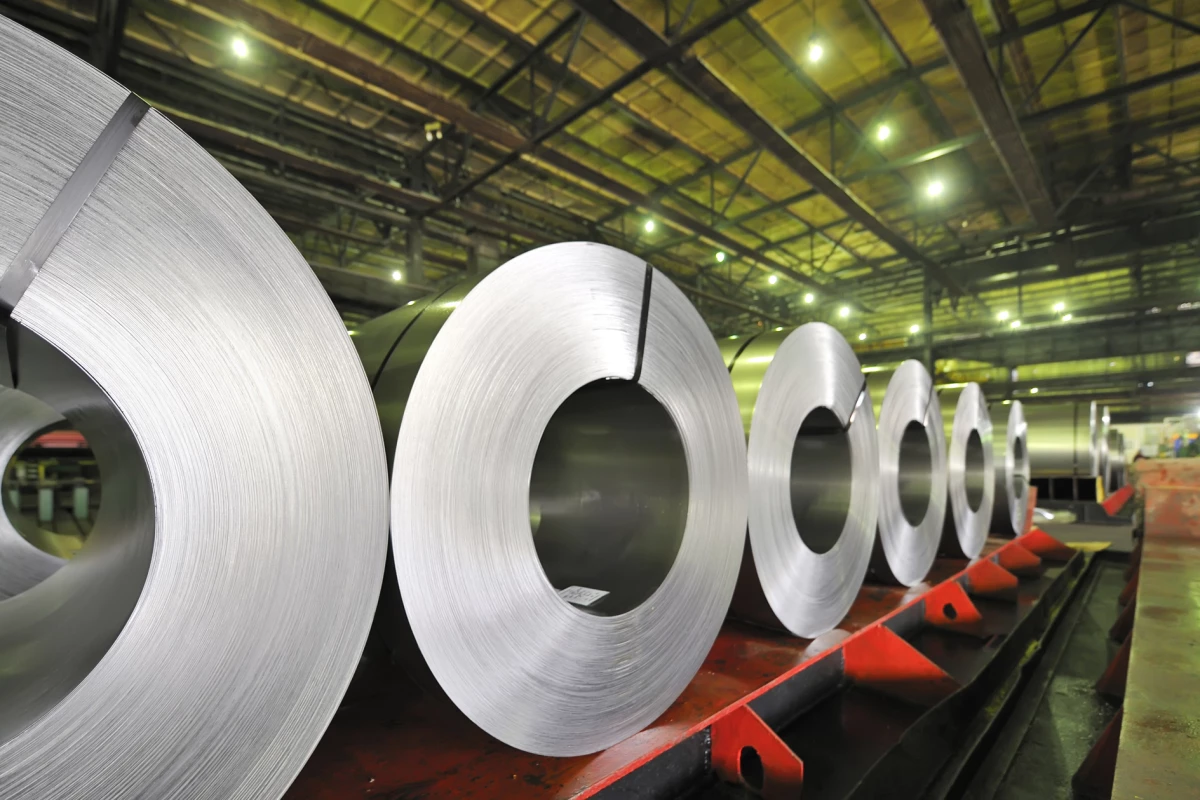The world produces more than 1.8 billion tons of steel a year, releasing nearly twice that weight in carbon dioxide into the atmosphere. Indeed, steel production accounts for somewhere between 7-8 percent of global anthropogenic carbon emissions, so this industry is a key target in the race to zero by 2050.
Multinational giant ArcelorMittal produced around 5 percent of the world's steel supply in 2019. It's been the world's biggest steel producer for more than a decade, only knocked off that perch thanks to a huge drop in production in 2020. And it's just signed an MoU on a billion-Euro joint investment with the Spanish government to build what it says will be the "world's first full-scale zero carbon-emissions steel plant," to go into production making around 1.6 million tons by 2025.
The plant will decarbonize both key carbon-emitting steps in the steel production process – the reduction of iron, typically done with baked coal known as coke, and the blast furnace, which is typically coal-fired. Green hydrogen will be used as the reducing agent, in a giant 2.3 million-tonne direct reduced iron unit, and the company will build a 1.1 million-tonne hybrid electric arc furnace for the second step, to be powered by renewable electricity.
ArcelorMittal will rely heavily on the public purse – to the tune of 500 million Euro – as well as a range of other government-supported initiatives to develop large-scale solar-to-hydrogen and hydrogen pipeline projects in the area. Indeed, says the company, "should green hydrogen not be available at competitive rates by the end of 2025, natural gas would be used to power the DRI furnace."
That would still be a decent outcome; it would save around 4 million tons of CO2 emissions a year instead of the 4.8 million tons expected with hydrogen.
1.6 million tons a year is no small effort – and indeed, the H2 Green Steel plant in Sweden is set to contribute a further 5 million tons a year by 2030. But together, these two projects will combine to produce less than 0.4 percent of today's total global steel output. That's the size of the challenge this industry faces over the next 30 years, and we can only hope for the resounding success of these plants and other early ones like them.
Source: ArcelorMittal





